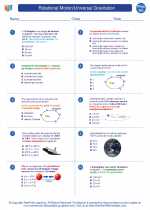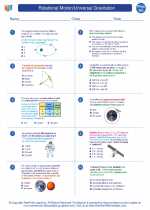Moraines
Moraines are landforms made up of accumulated debris, such as rock, soil, and other materials, that have been transported and deposited by glaciers. These landforms provide valuable insight into the movement and behavior of glaciers, as well as the impact of glaciation on the landscape.
Types of Moraines
There are several types of moraines that can be identified based on their location and formation:
- Terminal Moraine: A terminal moraine is a ridge of debris that marks the farthest advance of a glacier. It forms at the leading edge of the glacier, where the ice is melting and depositing material.
- Lateral Moraine: Lateral moraines form along the sides of a glacier, where debris is deposited as the glacier moves and erodes the surrounding landscape.
- Medial Moraine: Medial moraines form where two glaciers merge, and the debris from both glaciers combines to form a single moraine in the middle of the combined glacier.
- Ground Moraine: Ground moraines are large, irregularly shaped accumulations of till that are spread across the landscape beneath a glacier.
Formation and Significance
Moraines are formed through the process of glaciation, during which glaciers transport and deposit material as they move. As the glacier advances, it picks up debris from the underlying bedrock through processes such as plucking and abrasion. This debris is then carried along with the glacier and eventually deposited as the ice melts or retreats.
The study of moraines provides valuable information about past glacial activity and the effects of climate change. By analyzing the size, shape, and distribution of moraines, scientists can reconstruct the movements of ancient glaciers and understand how they have shaped the landscape over time.
Key Concepts to Remember
When studying moraines, it is important to understand the following key concepts:
- The role of glaciers in transporting and depositing debris
- The different types of moraines and their distinguishing features
- The relationship between moraines and past glacial activity
- The significance of moraines in understanding landscape evolution and climate change
Study Tips
To effectively study the topic of moraines, consider the following tips:
- Review the processes of glacial erosion, transportation, and deposition
- Examine diagrams and images of different types of moraines to understand their formation
- Research case studies of moraines in specific regions to see how they have influenced the local landscape
- Discuss the impact of moraines on geological and environmental processes
- Consider the implications of moraines in the context of climate change and global warming
By grasping the formation, types, and significance of moraines, you will gain a deeper understanding of the role of glaciers in shaping the Earth's surface and the implications for future environmental changes.
.◂Physics Worksheets and Study Guides High School. Rotational Motion/Universal Gravitation

 Worksheet/Answer key
Worksheet/Answer key
 Worksheet/Answer key
Worksheet/Answer key
